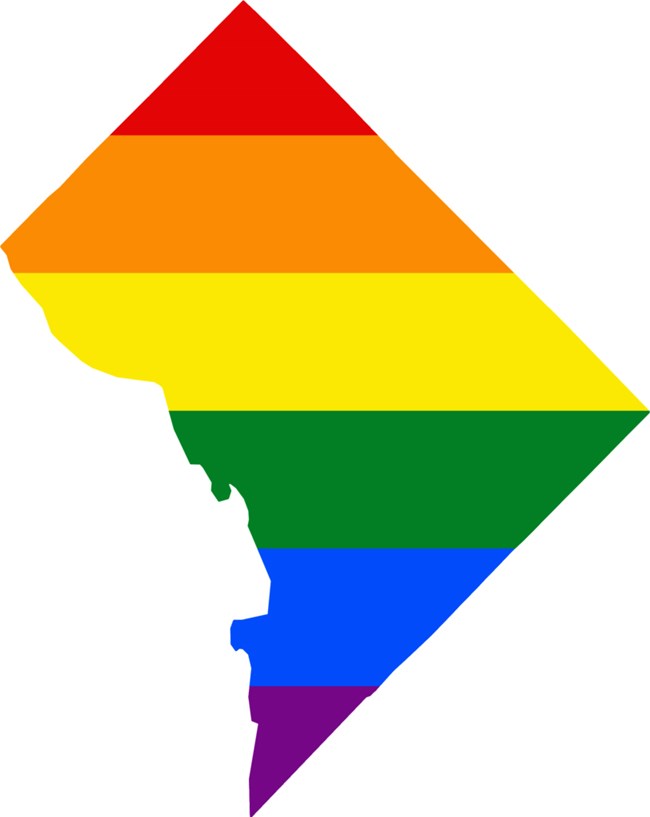Last updated: September 8, 2017
Article
LGBTQ Nightlife in Washington DC

Image by DrRandomFactor, CC-BY-SA 3.0.
Much of this scene was clustered into three communities: Capitol Hill, DuPont Circle, and South Capitol Street. So many LGBTQ businesses and organizations lined Capitol Hill’s 8th Street commercial corridor that the Blade dubbed the thoroughfare Washington’s “Gay Way.” Around the same time that queer nightlife was expanding in Capitol Hill, DuPont Circle began to transition from a haven for the 1960s counterculture movement into a gay residential and commercial enclave. With the rise of nightclubs in the mid-1970s, queer nightlife moved south to the warehouse districts bordering South Capitol Street.
This report was written by Amber Bailey, the Historic American Buildings Survey/Society for Architectural Historians Sally Kress Tompkins Fellow for 2016. The Historic American Buildings Survey is a program of the National Park Service.
